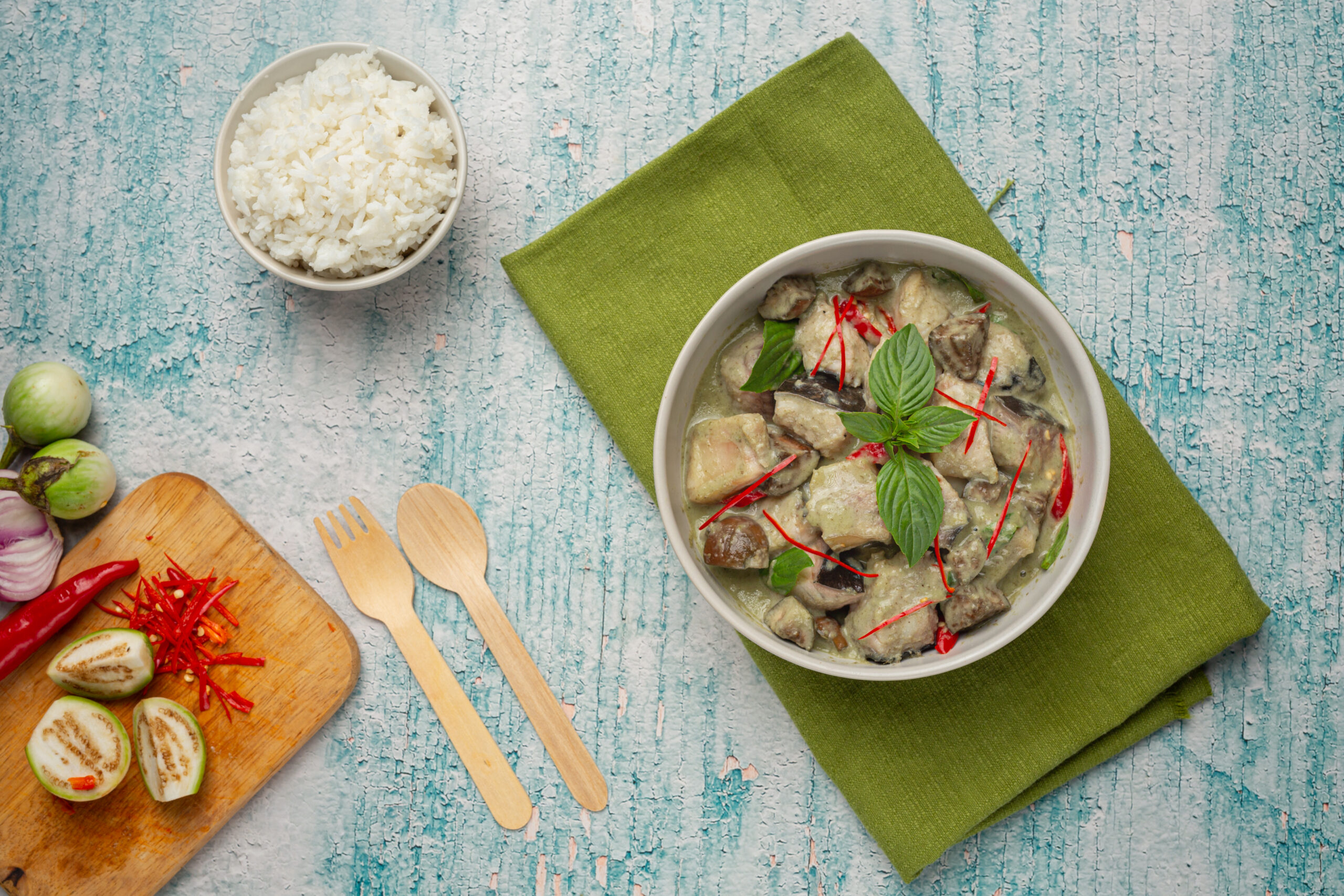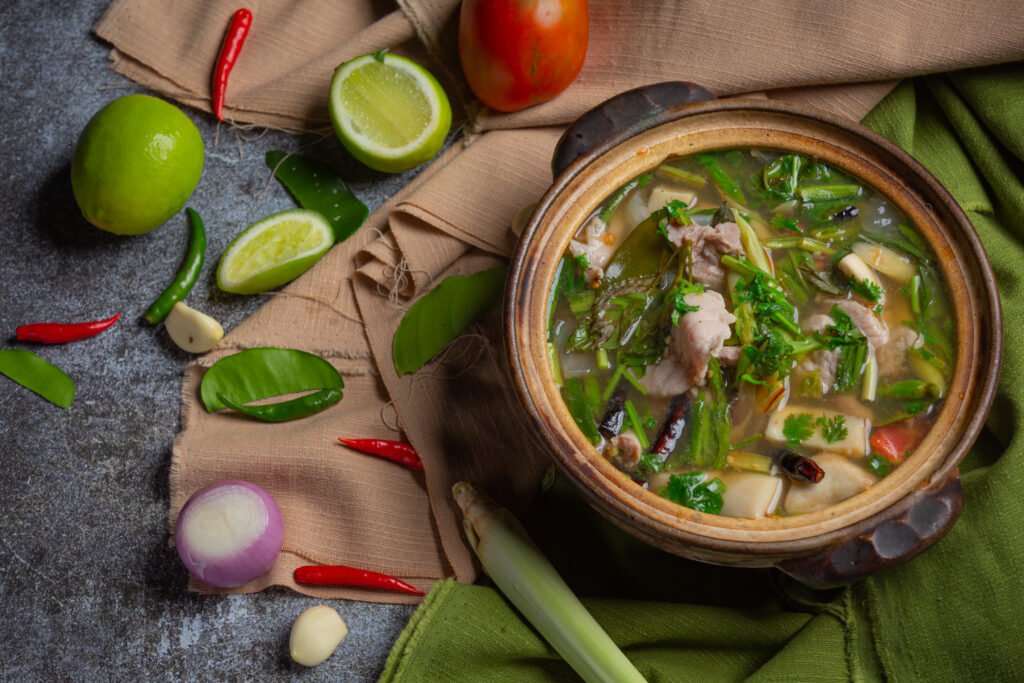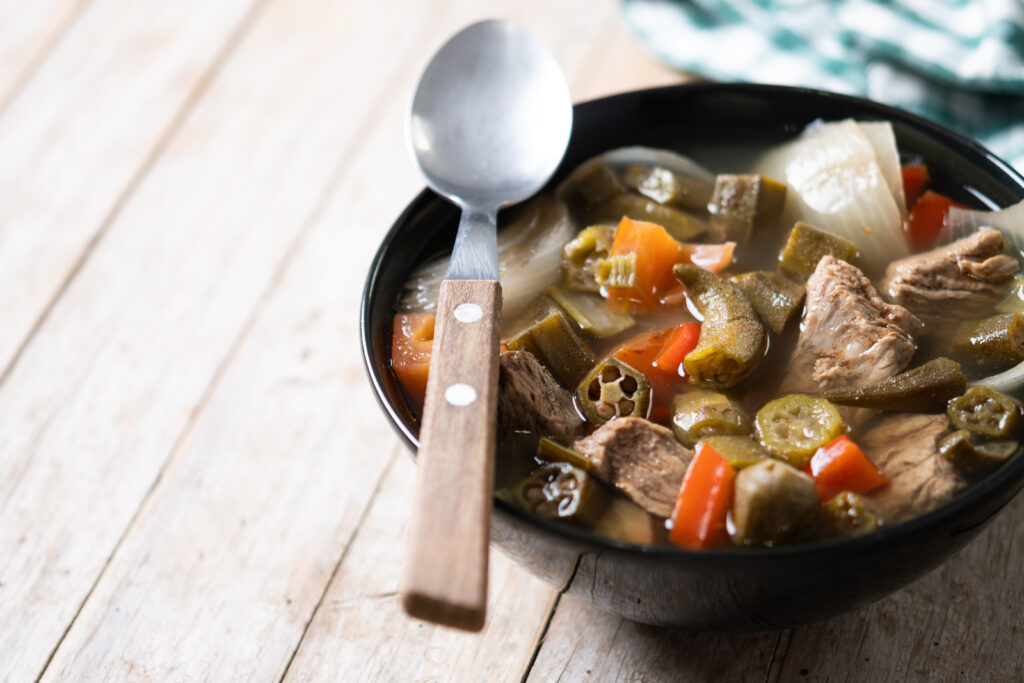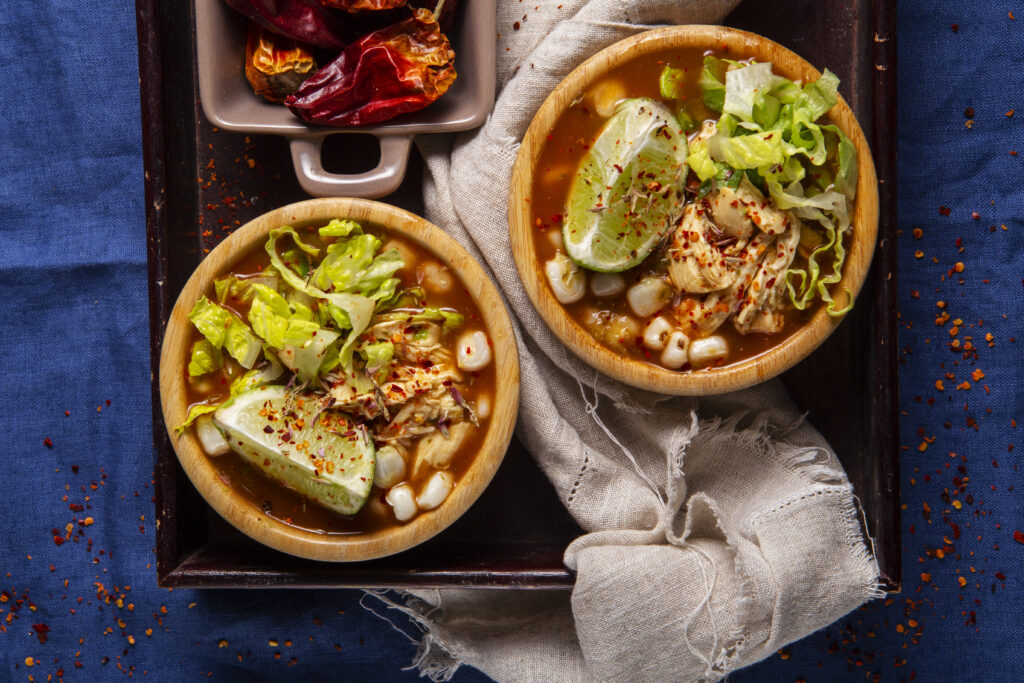Sinigang recipe is more than just a dish—it’s a Filipino institution, loved by many for its comforting and bold flavors. It’s a type of sour soup traditionally served with meat, seafood, and vegetables, often accompanied by a steaming bowl of rice. The combination of savory, tangy, and spicy elements creates a dish that’s as flavorful as it is satisfying.
For those who have never experienced this savory delight, sinigang is a quintessential Filipino dish. Its sour flavor, which comes from various fruits like tamarind, green mango, or calamansi, combined with the richness of meat or seafood and a variety of vegetables, makes it one of the most beloved comfort foods in the Philippines. It is often cooked for family meals, special occasions, or as a remedy for colds due to its tangy, soothing broth.
To explore the richness of sinigang, check out the sinigang na baka recipe from Kawaling Pinoy, which perfectly captures the essence of this dish. You can also try the sinigang na hipon recipe for a light and savory shrimp-based version.
What is Sinigang Recipe?
Sinigang is a Filipino sour soup that is made with various proteins such as beef, shrimp, or fish. The hallmark of sinigang lies in its distinctively sour taste, usually derived from tamarind or other fruits like guava or calamansi (Filipino lime). This sourness creates a harmonious contrast with the natural sweetness of vegetables like tomatoes and onions, and the savory depth of meat or seafood.
There are countless regional variations of sinigang throughout the Philippines, with each area boasting its own unique twist on this classic dish. From the use of bagoong (fermented shrimp paste) as an added flavor component to incorporating locally grown fruits like bayabas (guava) or mango, sinigang takes on many forms but always remains a crowd-pleaser.
What truly sets sinigang apart from other soups and stews is its perfect balance of flavor. The sour element can be intensified with the addition of tamarind, while the use of various proteins and vegetables ensures a richness that goes beyond the initial burst of tartness.
History and Origins of Sinigang Recipe
The origins of sinigang date back to the early history of the Philippines. The dish is thought to have evolved from early Filipino methods of cooking sour broths using local fruits and herbs. Historical evidence suggests that sinigang became a part of Filipino cuisine through the combination of indigenous culinary practices and foreign influences, especially from the Chinese and Spanish during the colonial period.
One of the key components of sinigang—tamarind—was introduced to the Philippines through trade routes, as early Filipino settlers were exposed to tamarind trees and other exotic fruits. Over the centuries, sinigang evolved as various regions experimented with different souring agents and proteins, creating a wide range of regional variations.
In many Filipino homes, sinigang is more than just a dish—it’s an essential part of family life and social gatherings. Whether it’s the beef sinigang that graces every celebration table or a simple shrimp sinigang that comforts during rainy days, sinigang remains a true reflection of Filipino culture and hospitality.
Key Ingredients in Sinigang Recipe
To create a truly authentic sinigang, it’s essential to understand the key ingredients that go into this flavorful soup. Below are the foundational components of a traditional sinigang recipe:
- Proteins:
- Beef: For a rich and hearty broth, beef short ribs, shanks, or oxtail are great choices.
- Shrimp: For a lighter and quicker-to-cook version, shrimp is a popular option.
- Fish: Fish like bangus (milkfish), tilapia, or dalagang bukid (a type of small freshwater fish) are also used in coastal regions.
- Souring Agents:
- Tamarind: The quintessential souring agent, tamarind is often used to create the signature tangy flavor of sinigang.
- Guava: In some regions, guava replaces tamarind, offering a more subtle, less acidic sourness.
- Calamansi and green mango are also commonly used for a lighter, citrusy sourness.
- Vegetables:
- Okra, eggplant, long beans, and radish are commonly added to enhance the texture and flavor of the broth.
- Leafy greens like bok choy or spinach are often added to provide nutrition and color.
- Seasonings:
- Fish sauce adds depth and umami to the broth.
- Chili peppers provide heat, but they can be adjusted according to personal preference.
- Onions and tomatoes are essential for their sweet and savory flavor, forming the base of the broth.
Traditional Beef Sinigang Recipe
The classic sinigang na baka (Beef Sinigang) is one of the most well-loved variations of the dish. Below is a detailed recipe to help you make this flavorful, hearty Filipino soup:
Ingredients:
- 2 lbs beef shanks or short ribs
- 8 cups water
- 2 large tomatoes, quartered
- 1 medium onion, quartered
- 1 packet sinigang mix (or fresh tamarind)
- 1 cup long beans, cut into 2-inch pieces
- 1 cup okra, sliced
- 1 cup eggplant, sliced
- 1 cup radish, sliced
- 1 bunch bok choy (or any leafy green)
- Fish sauce and chili peppers to taste
Instructions:
- Begin by bringing the beef to a boil in a large pot with 8 cups of water. Once the water begins to boil, remove any scum that rises to the surface to keep the broth clear.
- Add the onions and tomatoes to the pot. Continue to simmer until the beef becomes tender, usually about 45 minutes to an hour.
- Once the beef is tender, stir in the sinigang mix or fresh tamarind for that signature sourness. Taste the broth and adjust the amount of souring agent according to your preference.
- Add the vegetables, starting with the long beans and radish. Allow these to cook for a few minutes before adding the okra and eggplant.
- Lastly, add the bok choy or any leafy greens and cook just until wilted.
- Season with fish sauce and chili peppers to taste.
This version of sinigang na baka delivers the perfect balance of sourness, savory richness, and vegetable freshness.
Variations of Sinigang Recipe
While beef sinigang recipe is a fan favorite, the beauty of sinigang lies in its many variations. Here are some alternative recipes to try:
- Sinigang na Hipon (Shrimp Sinigang): This version uses shrimp, which cooks quickly and imparts a delicate seafood flavor to the broth.
- Sinigang na Bangus (Milkfish Sinigang): A favorite in coastal regions, bangus lends a milder, fish-based flavor to the broth.
- Sinigang na Baboy sa Bayabas (Pork Sinigang with Guava): For a sweet-and-sour twist, some regions opt for guava as the primary souring agent.
Each variation of sinigang recipe brings its own distinctive flavors and textures, so feel free to experiment with different proteins and souring agents to find your favorite version.
Tips for Perfecting Sinigang Recipe
- Choosing the right souring agent is crucial. If you prefer a very tangy soup, use fresh tamarind or tamarind paste. If you want something less acidic, guava or calamansi might be a better choice.
- Balancing flavors is key. Taste the broth as it cooks and adjust the seasoning accordingly. If it’s too sour, you can add a bit of sugar or a sweet fruit to balance the flavors.
- Use fresh vegetables for the best flavor and texture. Avoid overcooking them, as they can lose their vibrant color and texture.
How to Serve Sinigang Recipe
Sinigang recipe is typically served hot with a side of steaming rice. In some Filipino households, it is also paired with bagoong (fermented shrimp paste) for added umami and depth. For a truly Filipino experience, serve the dish with a bowl of rice and a small plate of fish sauce with sliced chili peppers on the side.
Health Benefits of Sinigang Recipe
Sinigang recipe not only delivers delicious flavors but also offers several health benefits:
- Tamarind, the main souring agent in many versions of sinigang, is rich in antioxidants and Vitamin C, which can help boost your immune system.
- The dish is packed with vegetables like okra, radish, and eggplant, which provide a variety of vitamins, minerals, and fiber.
- The use of lean meats like beef or shrimp makes sinigang a high-protein, low-fat dish, which is beneficial for maintaining a balanced diet.
Frequently Asked Questions (FAQs)
- What is the best souring agent for sinigang?
Fresh tamarind is the traditional choice, but guava and calamansi are also excellent alternatives depending on the desired flavor. - Can I use instant sinigang mix instead of fresh tamarind?
Yes, instant sinigang mix is a convenient alternative. Just adjust the amount based on your taste preference for sourness. - How do I make sinigang spicier?
Add more chili peppers or use siling labuyo (bird’s eye chili) for extra heat. - Can sinigang be made in a slow cooker?
Absolutely! You can cook sinigang in a slow cooker by adding all the ingredients and cooking on low for 4 to 6 hours. - What are some common mistakes to avoid when making sinigang Recipe?
Overcooking the vegetables or not balancing the flavors correctly can make the dish less enjoyable.
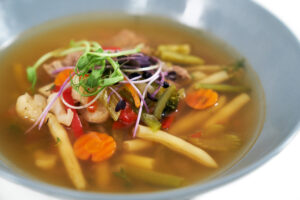
For more healthy recipe ideas, check out our delicious cottage cheese recipes for a nutritious alternative.

